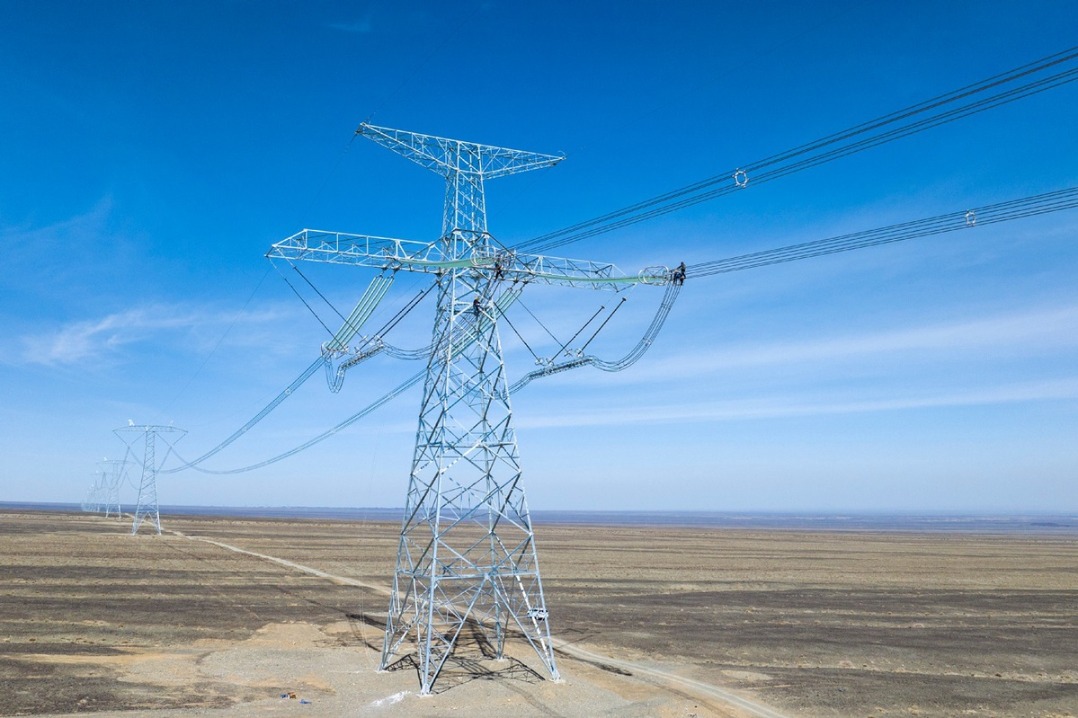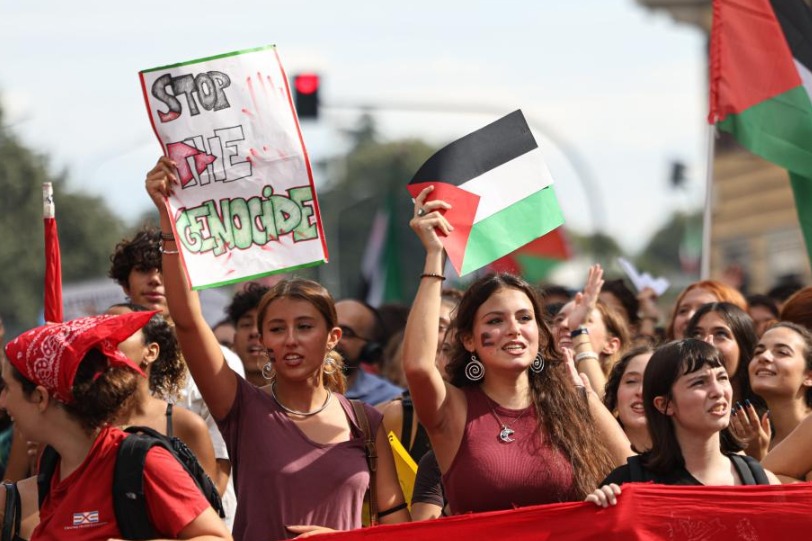What future awaits the expanded BRICS?
Worldwide interest in an alternative financial and economic framework is on the rise due to the US' tariff and sanctions policies


The US administration's economic decisions have wreaked havoc to the world markets. And President Donald Trump's approval rating for the first 100 days stood at 44 percent, which was lower than all his predecessors and even lower than his rating during the first 100 days of his first term.
The anticipated "golden age of America" has yet to materialize, and many US citizens doubt the effectiveness of the trade war supposedly initiated for the nation's future prosperity, instead, they anxiously anticipate and fear inflation.
During this period, however, Trump has not overlooked BRICS.At a White House news conference and in his social media posts, he has repeatedly made a startling claim that the BRICS Plus nations would incur 100-percent tariffs if they created a single currency to challenge the dollar, even though no BRICS Plus nation has proposed such an idea.
Despite concerns surrounding its organization, the previous BRICS Summit held in Kazan, Russia, in October 2024, proved to be a notable success. Nearly all leaders from the original five BRICS nations — Brazil, Russia, India, China and South Africa — and the presidents of the four new member countries, Egypt, Ethiopia, Iran and the United Arab Emirates, attended. The only exception was Brazilian President Luiz Inácio Lula da Silva, who could not attend due to illness. Following the summit, Indonesia officially joined as the bloc's newest member in January 2025. Additionally, nine more nations, including Kazakhstan and Uzbekistan, were recognized as "partner countries". Many analysts hailed the expansion of the coalition as a significant turning point, signaling the emergence of a post-Western world order where Global South nations collaborate to address their challenges together.
Given the participant composition, a more powerful BRICS Plus has the potential to emerge as a central geopolitical and geoeconomic entity. The member states of BRICS Plus represent roughly 45 percent of the global population and contribute over 35 percent of the world's GDP based on purchasing power parity. Collaboration within the bloc is swiftly becoming institutionalized, with multinational partnerships and working groups actively addressing shared interests such as energy security, technology advancement, health, climate change and sustainable growth.
The New Development Bank, founded in 2015 with an initial subscribed capital of $50 billion, and the Contingent Reserve Arrangement — a 2014 agreement among BRICS Plus' central banks for mutual support during unexpected currency crises, which has funding of $100 billion — are effectively structured and in operation.
Since its inception, BRICS Plus has transitioned from focusing primarily on economic and trade collaboration to addressing political and security matters. The organization operates within a well-defined framework based on three pillars: economics and finance, politics and security, and cultural and people-to-people exchanges. These pillars align with the strategic priorities of the member nations, including economic development, security, narrative and normative influence and with Beijing's three global initiatives concerning security, development and civilization.
As BRICS Plus continues to follow its previously established decisions, the new strategies of the US administration and conflicts within the Western world will impact the bloc's actions.
With the tensions and disagreements within the G20, the United Nations, and even the G7, the rise of the grouping has triggered President Trump's aggressive approach toward BRICS Plus. The growing tensions between China and the US, along with President Trump's aggressive approach toward BRICS Plus, suggest the possibility of a confrontational dynamic.
The future of BRICS Plus is influenced by the actions of the US and Europe. These actions will determine whether the bloc will strive for geopolitical neutrality or seek to establish an alternative political and economic framework, potentially impervious to Western sanctions.
BRICS Plus has the potential to serve as a model and a substantial alternative to Western international cooperation, prioritizing equality and consensus-driven decision-making. However, the increasing number of member nations complicates the decision-making process. Under these circumstances, BRICS should make more effort in upholding unity through shared goals and constructive engagement given the varied interests of its members.
Several influential BRICS Plus nations are working to lessen the global financial system's and markets' reliance on Western institutions. The US administration's aggressive tariff and sanctions policies have intensified the necessity to enhance instruments such as the NDB and the BRICS Plus national currency pool, which are intended to be immune to sanctions.
Plans include implementing additional tools, such as an independent payment system, improved transport infrastructure and a broader e-commerce network, into the BRICS Plus trade ecosystem for national currency transactions. This approach aims to create a structure that can withstand sanctions and operate independently of Western pressure. The same impetus supports other initiatives to establish specialized BRICS Plus platforms for trading hydrocarbons, metals, agricultural products, fertilizers and other commodities.
The US administration's recent erratic decisions to impose, modify and remove import tariffs, coupled with its attempts to weaken the independence of the US Federal Reserve, have significantly increased worldwide interest in alternative financial instruments. The emerging BRICS Plus mechanisms are likely to address this rising demand.

The author is former prime minister of the Kyrgyz Republic and a distinguished professor at the Belt and Road School at Beijing Normal University. The author contributed this article to China Watch, a think tank powered by China Daily. The views do not necessarily reflect those of China Daily.
Contact the editor at editor@chinawatch.cn.


































